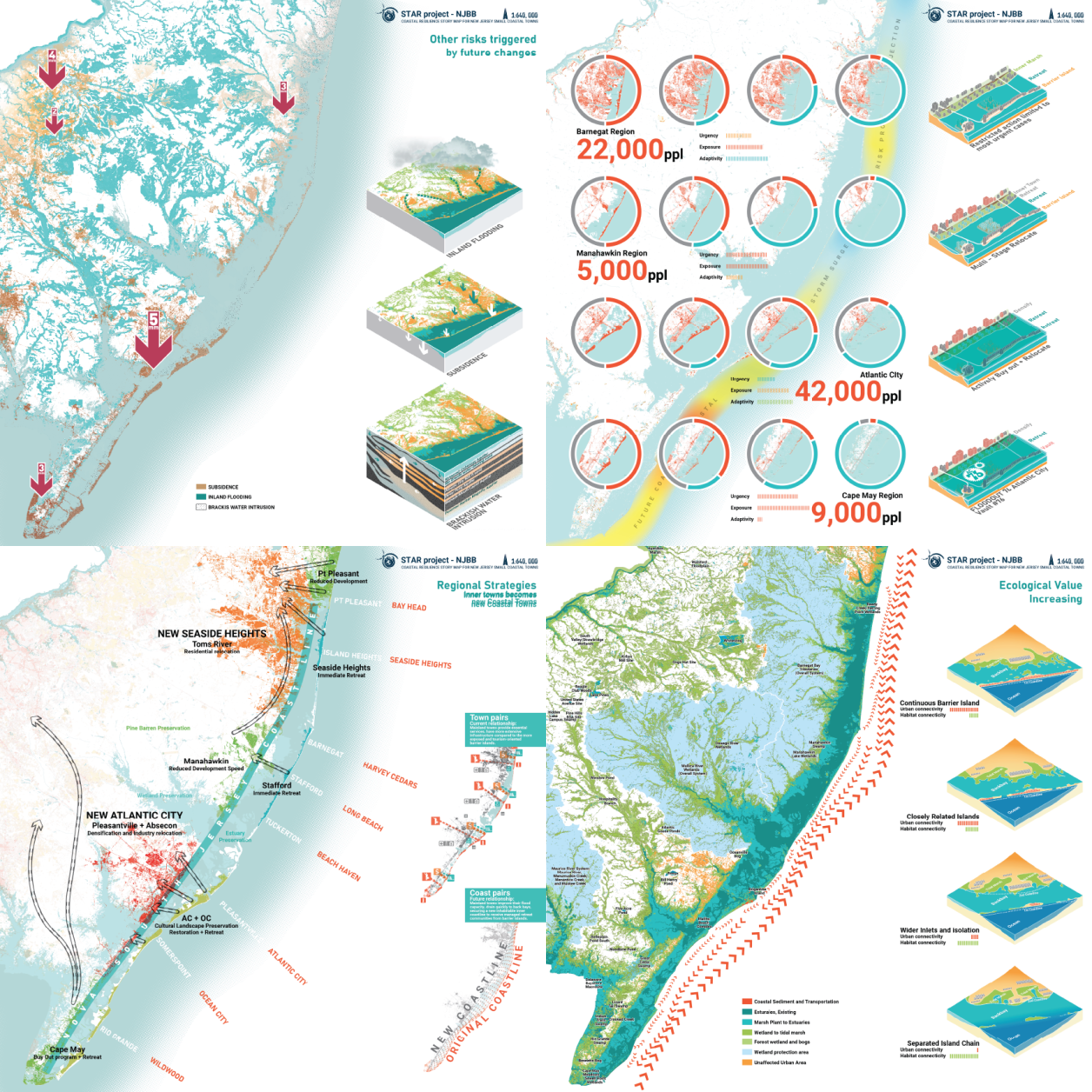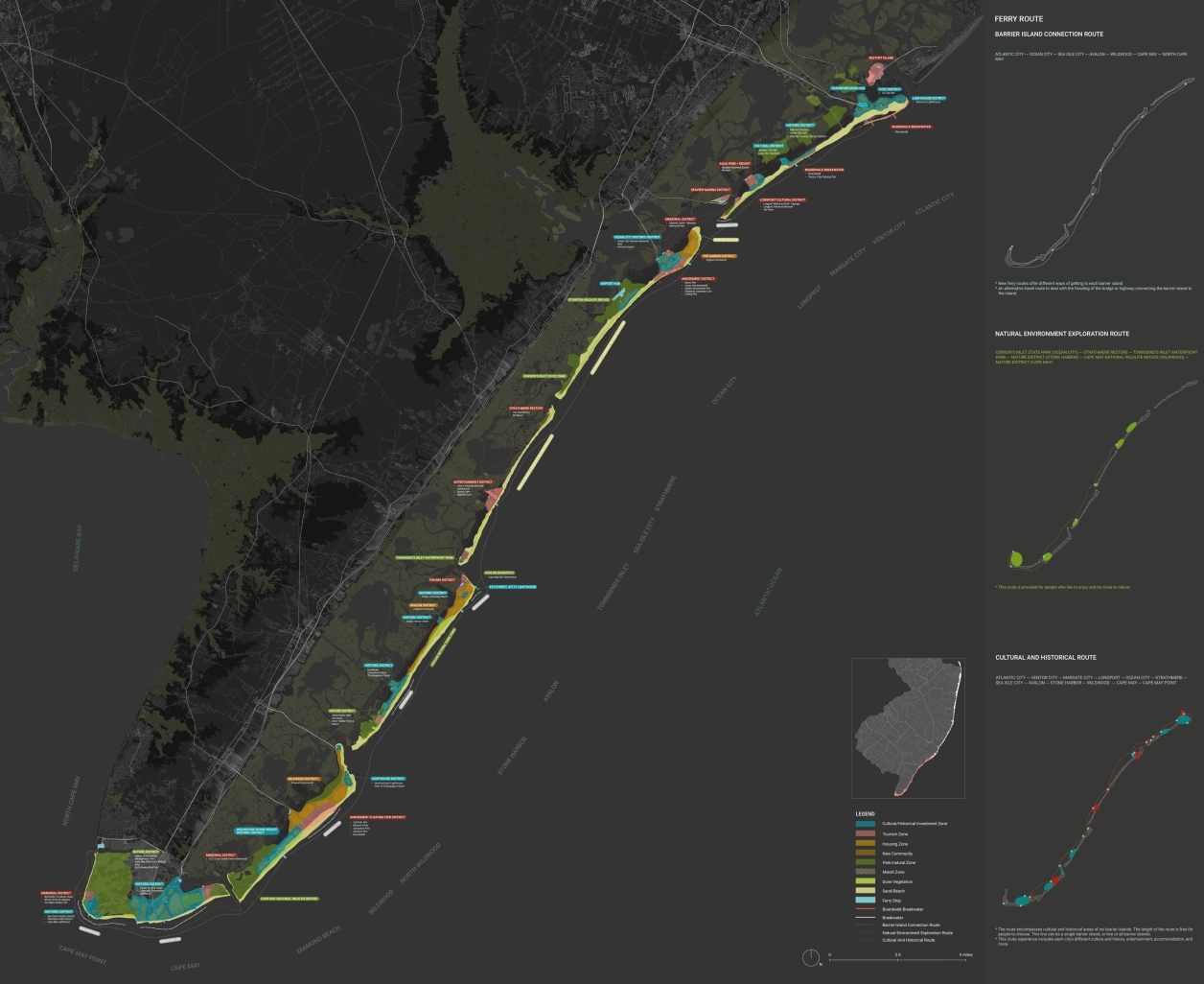Small Town Adaptation and Resilience (STAR) Studio
Along the American coast, a process akin to triage is underway. As sea levels rise, storm intensities increase, and coastal developments continue expanding, the state and federal resources needed to plan and implement the kinds of climate adaptation projects necessary to protect lives and livelihoods in the region are woefully inadequate to the scale of the crisis. This means that, over the next few decades, policy-makers will be forced into an impossible position–having to decide which communities, critical infrastructures, and industries are worthy of protection, and which are not. The status quo of urban policy and design practice means that the overwhelming majority of these resources are likely to head to large cities like New York, Boston, and Philadelphia, with few, if any, available elsewhere. One of the outcomes of this focus on building climate adaptation projects in wealthy cities (much of which is tied to luxury real estate developments along the waterfront) is a kind of resilience myopia–an overemphasis on incredibly expensive and technically complex forms of flood control and surge risk reduction, whether through so-called nature-based solutions or more conventional gray infrastructures. While these kinds of exceptional strategies may be possible in New York, they hold little promise for the vast majority of Americans who live outside of global cities, where more quotidian forms of climate adaptation are needed.
But what kinds of futures might this portend for the vast majority of the coast–the small and medium-sized towns stippled along the eastern seaboard? How might the status quo of climate adaptation (driven by triage and post-disaster recovery efforts) be transformed into a more just, deliberate approach to building and maintaining coastal futures? These questions are at the core of this interdisciplinary studio.








